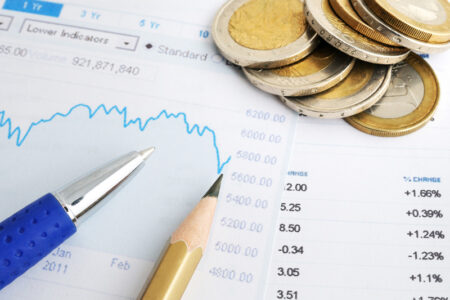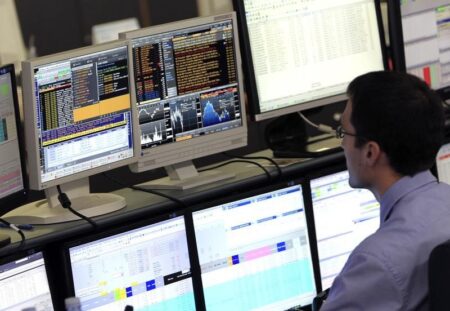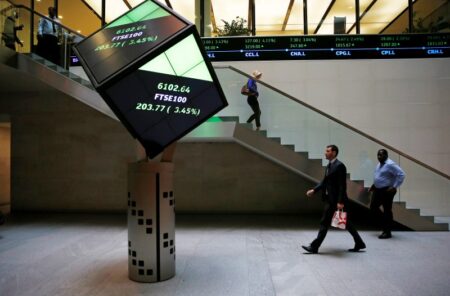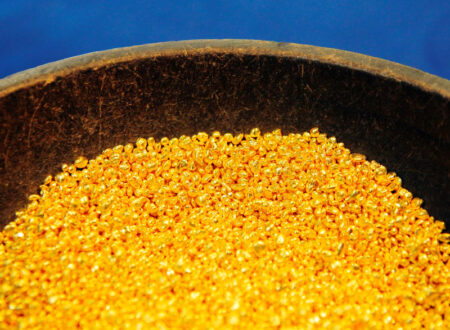Investing.com — Investor sentiment towards commodities has become more cautious since mid-2024, as per analysts at Citi Research in a note dated Monday. Commodity prices have been relatively stable despite anticipated interest rate cuts by the Federal Reserve in September.
Market volatility has decreased, especially for call options, and many investment firms have held short positions in the sector. These factors, combined with a slowing Chinese economy and concerns about a potential U.S. economic downturn, have contributed to a more conservative outlook on commodities.
“A softening China has certainly impacted base metals and bulk commodities. But US hard landing fears have also spiked in August despite some stronger-than-expected macro data last week (e.g. retail sales),” said analysts at Citi Research.
“This may exacerbate price volatility and potential gap risk for macro-sensitive underliers (e.g. {{oil}}, , ) heading into quarter-end,” the analysts added.
The US labor market, a key indicator of economic health, plays a crucial role in this scenario. Citi Research suggests that a continued weakening of the labor market could tip the scales towards a recession, which would have significant implications for commodities.
Historical data analyzed by Citi shows that during US recessions, commodity markets typically experience significant volatility, with energy sectors being particularly hard hit. On average, the broad-based Bloomberg Commodity Index (BCOMTR) has posted annualized losses of around 28% during recessionary periods, with industrial metals and agriculture also seeing sharp declines.
“However, in the six month period following US recession, commodities typically stage an impressive recovery across the board, in-line with a robust rebound in economic activity and investor sentiment,” the analysts said.
Precious metals, known for their resilience, often lead this recovery. For instance, during past post-recession periods, precious metals have averaged gains of 26%, followed closely by industrial metals and energy with gains of 25% and 24%, respectively. This cyclical nature of the commodity markets underscores their close ties to economic recovery and reflation.
In terms of asset flows, Citi notes that for the week ending August 13, 2024, there were outflows of $4.8 billion from commodity index and ETF trading, bringing year-to-date inflows to $26.5 billion. While retail and institutional commodities assets under management (AUM) increased by 5.7% year-over-year, they fell by 3.7% month-over-month in July to $716 billion.
The commodity ETP (Exchange Traded Product) market cap, dominated by gold tickers, jumped 2.4% month-over-month and 8.3% year-over-year to $396.5 billion. Despite the current challenges, Citi maintains a cautiously optimistic outlook for commodities in the medium term.
While base metals may struggle in the near term due to weak manufacturing sentiment and US recession fears, Citi expects a rebound as physical markets tighten and a manufacturing recovery takes hold with the expected rate cuts.
Copper, for example, is forecasted to recover to $9,500 per ton by November and could potentially reach $11,000 per ton within the next 6-12 months.
Read the full article here
















